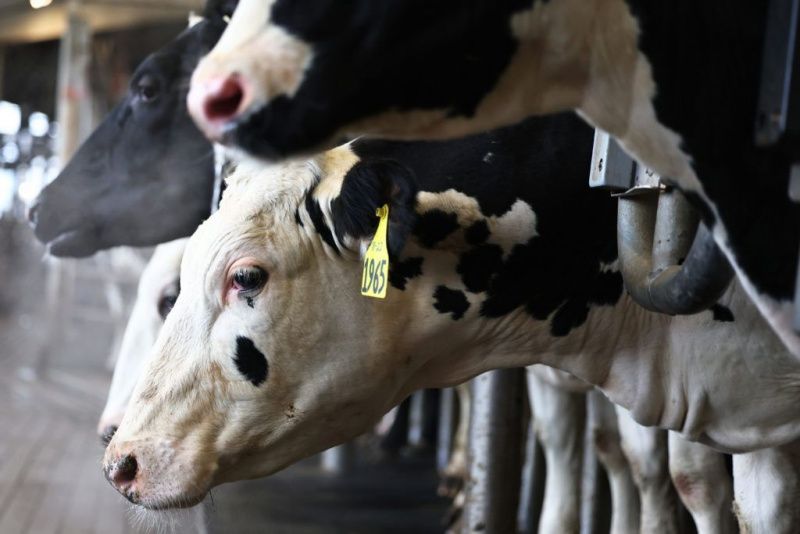Bird Flu in Nevada Dairy Worker: A New Strain and Rising Concerns

A New Strain Emerging in Cattle
The infected farm worker, who had direct contact with affected livestock in Churchill County, experienced mild symptoms, including eye redness and irritation, and has since recovered without hospitalization. This marks the first recorded human infection linked to cattle rather than poultry, highlighting a worrying shift in the virus’s transmission pathways.
The new strain, designated D1.1, was first detected in Nevada’s dairy cattle on January 31 through a milk sampling program launched in December. Previously, bird flu outbreaks in the U.S. were associated primarily with poultry farms, but the spread into dairy cattle signals a broader and more complex epidemiological risk.
No Human-to-Human Transmission, But Growing Animal Infections
The CDC has found no evidence of human-to-human transmission and continues to assess the virus’s potential impact. While officials maintain that the risk to the general public remains low, they stress that those working closely with infected animals—particularly dairy and poultry farm workers—face heightened exposure risks.
This case follows a broader trend of increasing avian influenza infections in U.S. livestock. The B3.13 strain was detected in March 2023, affecting 962 cattle herds across 16 states, particularly in California. The emergence of D1.1 in Nevada raises concerns that wild birds have introduced the virus to livestock on multiple occasions, making containment efforts more challenging.
What This Means for Agriculture and Public Health
The rapid spread of new bird flu strains in both poultry and cattle presents significant biosecurity concerns. Experts warn that if the virus mutates further, it could pose a greater risk to human health and disrupt dairy and poultry supply chains.
Health authorities are now reinforcing biosecurity measures, urging farms to:
- Restrict access to livestock areas
- Enhance disinfection protocols
- Monitor workers and animals for early symptoms
- Ensure protective equipment is worn in high-risk environments
A Global Threat with Local Consequences
Bird flu remains a global health concern, with cases reported in Europe, Canada, and the U.S. in both animals and humans. While the Nevada case does not indicate an immediate public health emergency, its implications for viral evolution, interspecies transmission, and farm management are far-reaching.
As the CDC continues to monitor new variants, this latest development underscores the ongoing challenge of controlling zoonotic diseases in an increasingly interconnected agricultural landscape.











